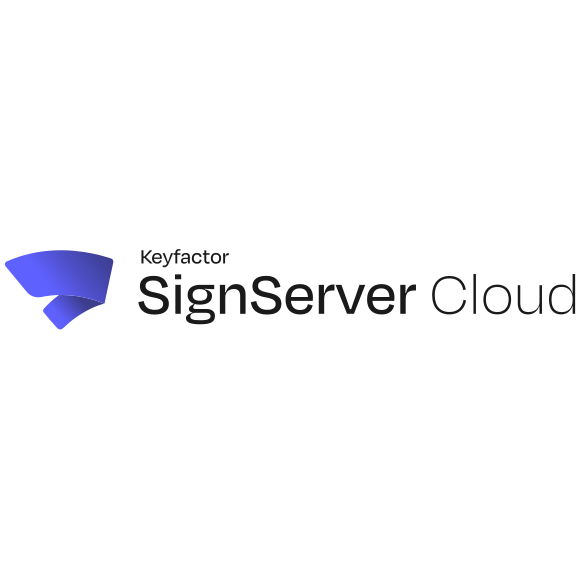
Overview
SignServer digitally signs your documents and code while keeping signature keys secure and workflows easy, secure and auditable. Start securely signing documents and code today. See https://www.signserver.org/ for information on features and capabilities. For information on some of the main differences between SignServer Community and SignServer Enterprise, refer to Keyfactor Community. SignServer Enterprise is developed and commercially supported by Keyfactor. SignServer Community Edition is the LGPL licensed subset of SignServer Enterprise. For support, questions and comments on SignServer Community please see: https://www.signserver.org/support/
Highlights
- Get started with digital signatures using SignServer You can get started with SignServer today and digitally sign code, documents, and timestamps. It supports a wide range of signing formats and can be used for both single signing operations and in large-scale automated workflows.
- Code Signing Code signing helps protect the integrity and authenticity of software, containers, and other software packages when it is downloaded over insecure networks or stored and executed on untrusted media.
- Signing for your DevOps Workloads Try SignServer's capabilities for DevOps Signing, including CoSign integration for Container signing, Jenkins integration, and Code signing.
Details
Introducing multi-product solutions
You can now purchase comprehensive solutions tailored to use cases and industries.

Features and programs
Financing for AWS Marketplace purchases

Pricing
Vendor refund policy
This is a placeholder value. Please update this value via the AWS Marketplace Management Portal.
How can we make this page better?

Legal
Vendor terms and conditions
Content disclaimer
Delivery details
7.0.0
- Amazon ECS
- Amazon EKS
Container image
Containers are lightweight, portable execution environments that wrap server application software in a filesystem that includes everything it needs to run. Container applications run on supported container runtimes and orchestration services, such as Amazon Elastic Container Service (Amazon ECS) or Amazon Elastic Kubernetes Service (Amazon EKS). Both eliminate the need for you to install and operate your own container orchestration software by managing and scheduling containers on a scalable cluster of virtual machines.
Version release notes
Additional details
Usage instructions
On your local workstation, configure a profile for the AWS CLI to use when connecting to AWS. You can accomplish this by calling the aws configure command, which will prompt you for the necessary values, including your user's Access Key ID and Secret Access Key. For more information see the following link: https://docs.aws.amazon.com/comprehend/latest/dg/setup-awscli.html
Before you pull a container image from AWS Marketplace, you must first sign into the registry of AWS Marketplace. $ aws ecr get-login-password --region us-east-1 | docker login --username AWS --password-stdin 709825985650.dkr.ecr.us-east-1.amazonaws.com
If the login is successful, pull the container image with the following command: $ docker pull 709825985650.dkr.ecr.us-east-1.amazonaws.com/keyfactor/signserver-ce:7.0.0 For easy startup: $ docker run 709825985650.dkr.ecr.us-east-1.amazonaws.com/keyfactor/signserver-ce:7.0.0
For more parameters such as exposing ports to the localhost and setting up TLS for SignServer, use something like the following $ docker run -it --rm -p 80:8080 -p 443:8443 -h localhost -e TLS_SETUP_ENABLED="true" 709825985650.dkr.ecr.us-east-1.amazonaws.com/keyfactor/signserver-ce:7.0.0
For more parameters, please see the following documentation: https://doc.primekey.com/signserver/tutorials-and-guides/quick-start-guide-start-signserver-container-with-client-certificate-authenticated-access
Please see the following link for more lenghty tutorials: https://doc.primekey.com/signserver/tutorials-and-guides
Resources
Support
Vendor support
AWS infrastructure support
AWS Support is a one-on-one, fast-response support channel that is staffed 24x7x365 with experienced and technical support engineers. The service helps customers of all sizes and technical abilities to successfully utilize the products and features provided by Amazon Web Services.
Similar products


